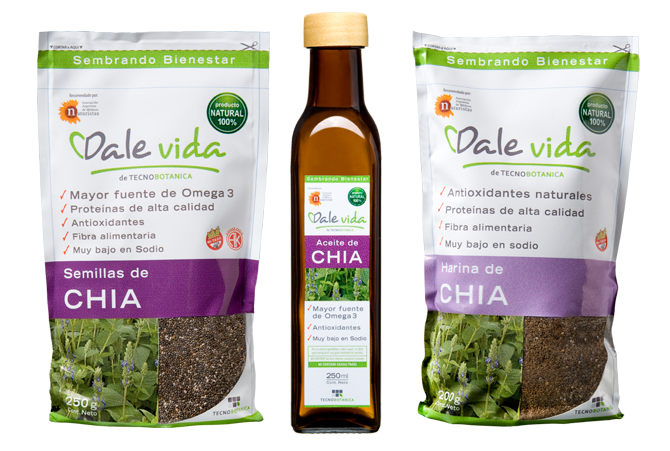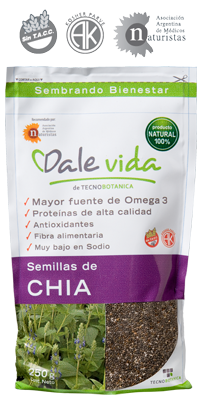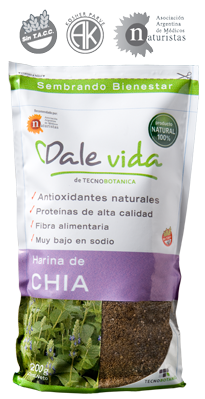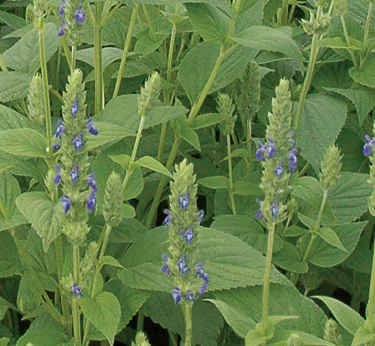Chia
 Historical Overview
Historical Overview
Since ancient times, chia has been considered a mystic seed, used in ceremonies and religious altars due to its nutritional values.
Originally from mountainous areas of Central America, it has been part of the human diet for more than 4,000 years.
Pre-Columbian civilizations, mainly the Aztec, Olmec and Maya, had chia among their main crops. It represented the power of gods and, due to their extraordinary nutritional properties, it was the food Aztec warriors consumed during their conquering campaigns.
 Nutritional Properties
Nutritional Properties
The chemical composition of the seed is typically 20% of protein, 25% of fiber (5% of very high molecular weight soluble fiber) and 34% of oil; 64% of the oil is made up of Omega-3 essential fatty acids.
Unlike other grains, protein amino acids of chia do not have limiting factors in adult people diet.
They do not have gluten, so they are suitable for celiac people. It is not known if they have toxic components.
It has the greatest concentration among known vegetable species of the Omega-3 alpha-linolenic acid, which is an essential fatty acid our metabolism is incapable of producing and, therefore, it is necessary to provide it in an exogenous way (with the diet and chia-rich food supplements).
Essential fatty acids are present in each healthy cell of the body and are critical for the normal growth and functionality of the cells, nerves and organs. Their deficiencies are related to a great variety of problems, including some very important ones, such as heart disease, cancer and diabetes, which is a disorder characterized by a decrease in the production of insulin in the pancreas or the reduction of the cells capability to use insulin efficiently.
Omega-3 reduces the tendency to form clots, since they increase the coagulation time, reduce the platelet aggregation, blood viscosity and fibrinogen, and increases the erythrocyte deformity.
These fatty acids play a vital role in the management of heart diseases and inflammatory phenomena, such as rheumatoid arthritis, and in the reduction of several chronic pathologies, such as asthma. Besides, they are essential during pregnancy, since they are necessary for the development of the retina and the brain. Their beneficial effects have been demonstrated in the reduction of tumor frequency, such as breast and colon cancer.
 Nutritional Properties
Nutritional Properties
Chia flour or chia bran is obtained by a careful grinding process of the seed that does not change the unique natural properties, keeping 20% of the seed’s original lipids.
Chia flour is a complete and functional food, and it can be consumed in a variety of ways. It is light and well-balanced. It is a source of essential nutrients for the human found in the seed skin during the cold grinding process. When it is dissolved in water, its carbohydrates form compounds that improve the nutrient absorption in the digestive system.


